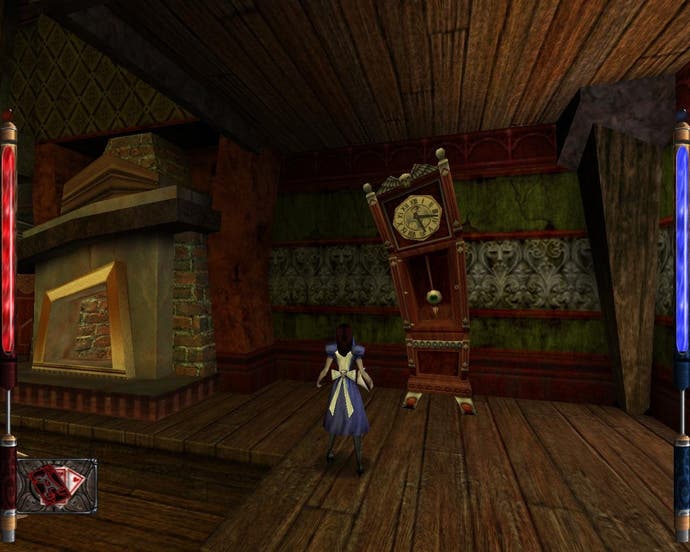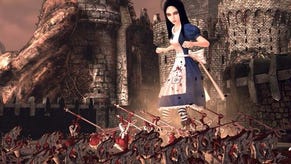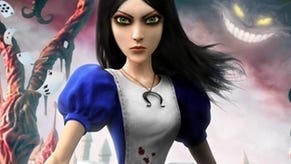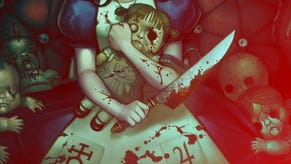Retrospective: American McGee's Alice
Cat and mouselook.
The idea of taking an established classical story and reworking it with a darker mood will be familiar to anyone who's enjoyed books like Pride and Prejudice and Zombies. The formula is simple: take a classic - one in the public domain for royalty-free convenience - and inject a modern twist at opposition to the tale, then wait for the cash to roll in.
The end result is usually a mixed bag of success and failure. There are, for example, only so many times that Mr Darcy can break from his usual narrative to compliment Elizabeth on her skills with the shuriken before the novelty wears off and you realise the experience for what it is - a one-line joke, told ad infinitum.
A good thing then that American McGee's macabre take on Alice in Wonderland can't be accused of the same transgression. Played as a direct sequel to the original stories, its influences are drawn from the characters and landscapes of the books rather than simply harvested for cheap horror-schlock thrills.

McGee's vision of Wonderland begins with a still-young Alice fast asleep, dreaming of her earlier adventures. Her sweet dreams are abruptly shattered by pleas from the Hatter to wake up and leave the house, which has caught fire. Unable to rescue her parents from the inferno, we catch up with an older, orphaned Alice confined to a lunatic asylum. Petticoats and tea parties are a thing of the past - this is Alice the street-hardened crackwhore and a whole lorry-load of damaged goods.
There's an immediate parallel to be drawn between Alice's predicament and that of Dorothy in the equally unsettling Return to Oz. It's no surprise to learn that McGee ventured deep into development of an Oz title post-Alice, a project that floundered and was ultimately retired as a result of Atari's financial difficulties.
A hybrid of the puzzle, third-person shooter and platform genres, the game's premise is to lead you through Alice's madness towards a final showdown with the Red Queen, representative of Alice's guilt at surviving the inferno and a road to the salvation of both her sanity and Wonderland itself.

Fighting your way through the game's increasingly challenging environments you gather a wonderful assortment of toys rather than weapons with which to dispatch the Queen's armies. These range from the familiar blade to an explosive jack-in-the-box and Alice's ultimate BFG weapon, the Blunderbuss, which consumes all of your weapon power in a satisfying blast.
With a few rare and overly obscure exceptions, puzzles are fun and satisfying to work through. Scenery re-arranges itself around you to block or open up the route ahead, or a trio of doors dance around each other in a game of three-card Monte, only one of which offers progress. No imagination has been spared in enlivening the world and making it an integral part of the challenge. More than eye candy, these experiences leave you with a grin on your face as wide as that of a certain cat.
The many familiar characters who manifest themselves as boss fights are also memorable. The Duchess's final sneeze that rips the top of her head off will long remain one of my favourite deaths in gaming. In a beautiful clock-themed arena, the Mad Hatter unleashes rockets and clockwork armies at you. It's fabulous stuff.













